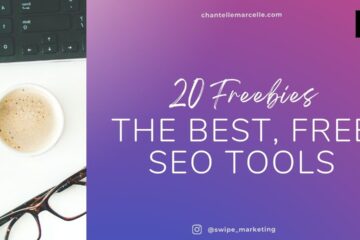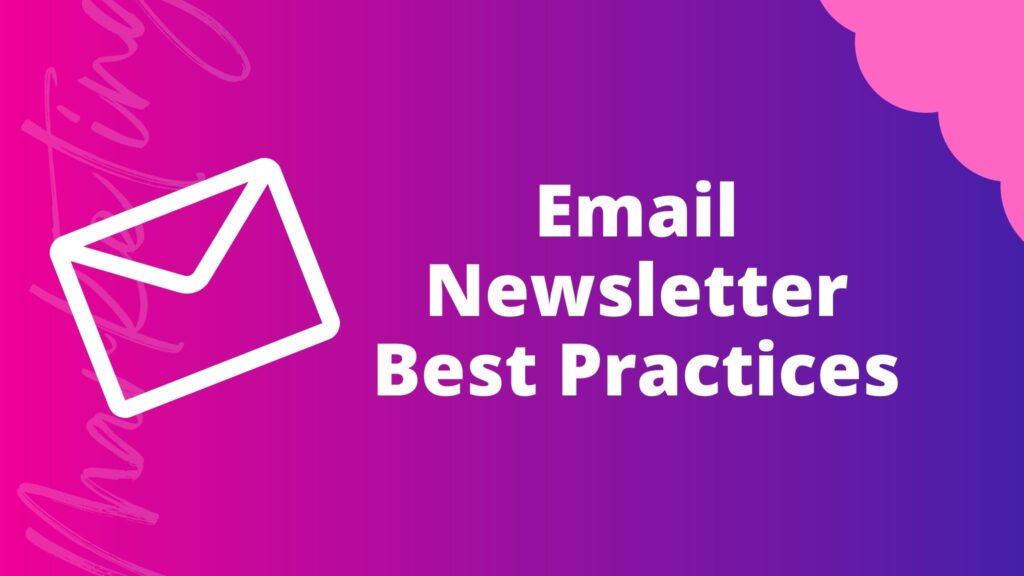
10 Email Newsletter Best Practices and Design Tips
Following best practices for email newsletter creation is essential if you want to see success from your efforts.
It’s easy to launch a newsletter.
But growing your subscriber list, maintaining high retention, and creating an engaging experience can be tricky.
Benefits of an Email Newsletter
Three out of four companies consider email to be an excellent marketing channel that provides high ROI. So it’s no wonder there’s been growth in use of email by both businesses and individual creators.
Email newsletters in particular offer significant opportunities with low resources required to launch. They’re easier to create now, thanks to platforms like Substack.
Related Content: 5 Tips to Improve Your Email Performance
And they have a higher potential engagement rate than most other forms of email campaigns.
An email newsletter builds stronger connections with a community, customer or subscriber list. It provides a space where you can share exciting or important news and information with a group of individuals who have opted in to hearing from you.
When done well, an email newsletter also reminds subscribers of why they should work with you, purchase from you, or trust your brand.
1. Use an engaging, responsive design template.
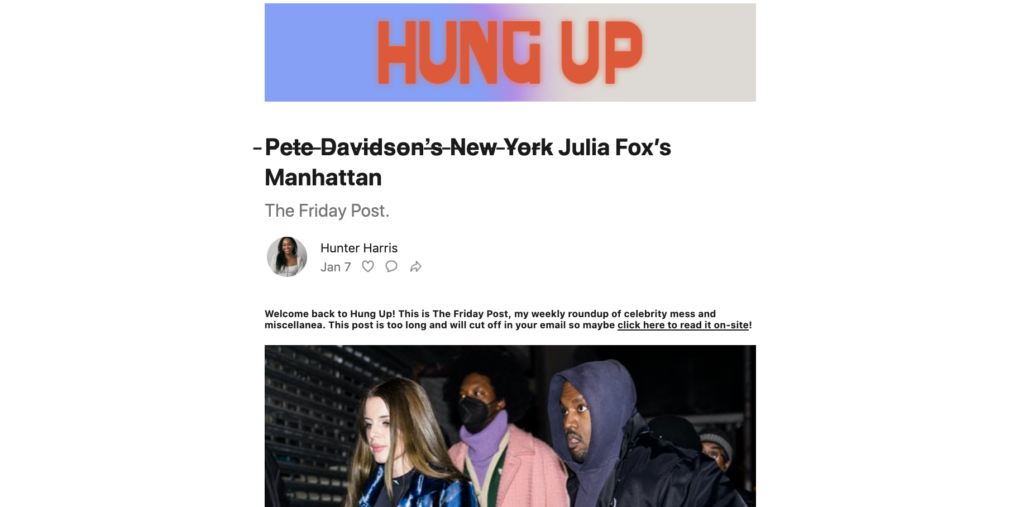
Having a well-designed email newsletter instantly lends credibility to your brand. It can increase the number of clicks and amount of time people spend reading your newsletter, too.
Top of mind should be picking a template that is mobile responsive across multiple devices.
US adults spend nearly a third of their total daily media time on mobile devices, more than watching TV. And nearly 60% of all emails are opened on either Apple iPhone or the Gmail app.
For the best email newsletter experience possible, you want to double check that it looks good on your smartphone rather than just checking on a laptop or desktop computer.
2. Focus on lead nurturing and relationship building.

The purpose of an email newsletter is less to make immediate sales and more to develop positive sentiment around your brand.
Newsletters exist under the umbrella of marketing nurture campaigns. Nurture marketing campaigns allow you to focus on building relationships with both prospective and current customers.
Related: Email Workflows For Better Lead Nurturing and Conversions
Similar to building relationships in a face-to-face setting, you want to follow basic etiquette. Getting to know more about what they want or are interested in, discussing things that are of interest, not being manipulative or misleading.
3. Perform regular A/B tests.
Different combinations yield different results when it comes to email marketing campaigns. Newsletters are no different. Running frequent A/B tests to figure out what works best will improve your success over time.
For example, my email newsletter about marketing best practices and trends gets the best open rate if I send on a Sunday evening.
Related Content: What’s the Best Frequency to Send Email?
Some of the A/B tests to perform on your email newsletter:
- Day of week and time of day to send
- Call-to-action (CTA) button color
- Number of links
- Number of images
- Total word count
4. Accessibility matters for the best reader experience.
More brands and creators focus now on accessibility and inclusion in regard to email marketing. Over 1 in 4 adults in the US have some kind of disability, which could affect their access to your newsletter content.
There are a number of considerations to keep in mind when it comes to accessible email.
The colors, font styles, and font sizes you choose impact how readable the email newsletter will be for all your readers. Adding alt tags to images helps those using screen readers enjoy your content, too.
If you’re interested in learning more, here’s an email newsletter accessibility guide.
5. Don’t talk too much about yourself (or your brand).
As this is a nurture tactic, you definitely don’t want to talk too much about yourself or your brand. Ultimately you want to use your email newsletter to deliver some kind of value to the reader.
If subscribers think your newsletter is just a channel for you to brag or talk about yourself, it will result in a higher unsubscribe rate.
6. Offer skimmable formatting.
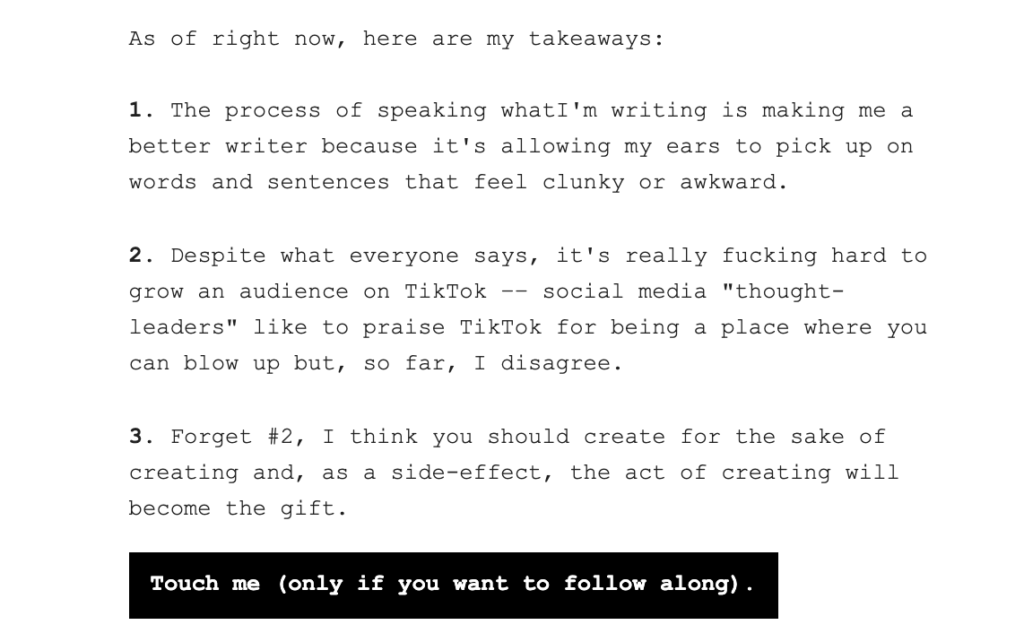
One of the ways to increase the success of your email newsletter is to make it “snackable.” You don’t want to present your content in a way that makes it feel like it’ll require a huge commitment of time to digest.
A few tips to make your email newsletter more skimmable:
- Utilize bullet points where possible
- Break content up under sub-headings
- Summarize big ideas, takeaways or value props
- Highlight or bold the most important fragments of sentences or paragraphs
7. Include a call-to-action, but not too many.

You want to make the purpose of the newsletter clear. End with a clear call-to-action letting the reader know what they should ultimately do with the information you’ve shared.
Good CTAs can be:
- Clicking on a link to read more on your website,
- Forwarding your newsletter to others to help share it, or
- Sending you a response of some sort (such as about what the next newsletter topic should be).
You need to exercise caution about including too many CTAs or links, though. For one, an excessive number of links in an email increases the likelihood it’ll end up in a spam folder. And secondly, it will confuse or overwhelm your reader. You don’t want to ask them for too much of their time or attention.
8. Segment your subscriber list.
In order to deliver more high-quality content, you can segment your contact list. Segmented email campaigns result in an average of 14% higher opens, 101% more clicks, and 9% fewer unsubscribes.
Related Content: 11 Ways You Can Test List Segmentation
The best way to segment your list depends on a number of factors, such as your list size, your newsletter goals, and how much subscriber data you have available.
For example, an ecommerce business could segment its subscriber list by purchasing behavior. If certain customers have bought specific products, they could send information about a complementary product to only those buyers.
Or if a B2B business wants to help accelerate lead velocity for a sales representative in a specific territory, they could send specialized content to contacts in that specific territory to encourage engagement.
Test out different approaches to segmentation to find what works. It’s a great A/B test to add to your experiment list.
9. Make your subject line compelling.
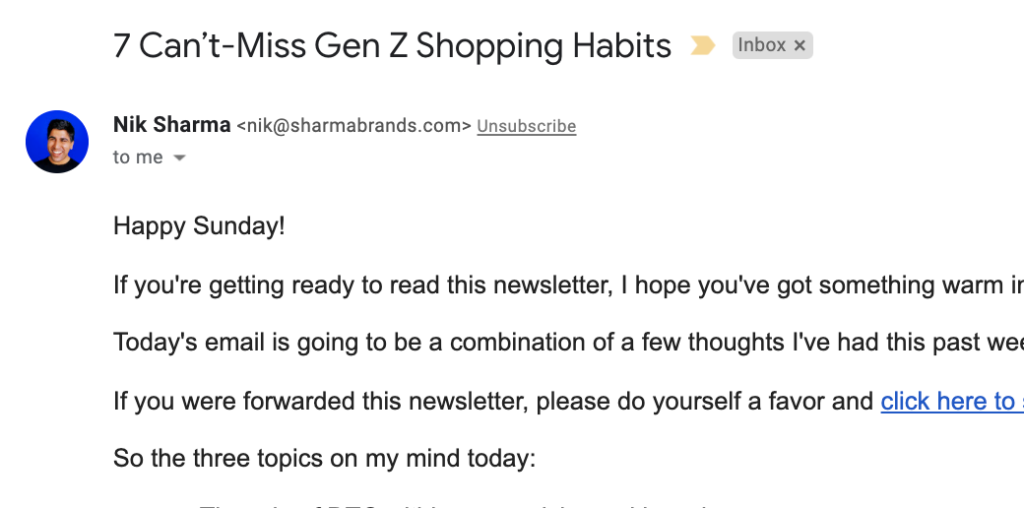
Your subject line is the first thing people see when your email newsletter lands in their inbox. It determines whether someone takes the time to open your email or ignores it completely.
A good email subject line should be enticing, with a strong hook, but not misleading. No one enjoys clickbait, or the feeling that you were tricked into clicking something that doesn’t deliver on what it promised.
The best email newsletter subject lines are short and sweet.
Most email service providers cut off subject lines that are longer than a certain number of characters, so your subscriber won’t see the full version if it’s too long.
I’ve also gotten higher open rates when I ask a question or include a statistic.
Emojis grew in popularity over the past few years as well because of their increased use in our digital conversations.
Personalization also helps. If you’ve collected subscribers’ names or company name, you can add those into the subject line to increase the likelihood they’ll open.
9. Grow a community, not a subscriber list.
Some of the best marketing newsletter creators understand that a subscriber list can also be considered a community. Your subscribers likely share a number of common interests, which is the reason they all signed up to receive your email newsletter.
Long-term growth and retention circle back to being able to identify those commonalities and make your subscribers feel like they’re part of something special.
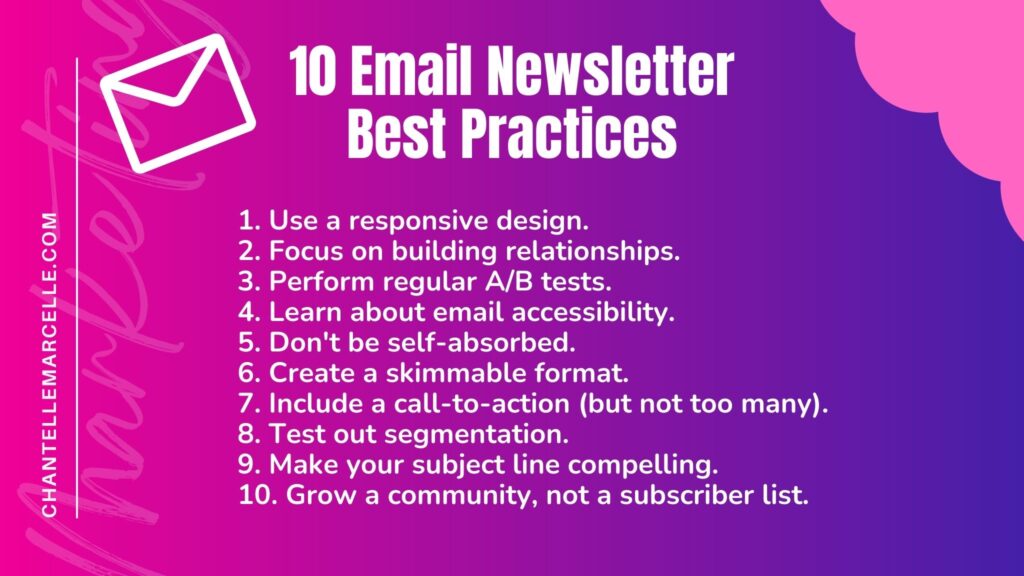
Related Content: 35+ Fantastic Marketing Newsletters to Check Out
You can also sign up for my newsletter and get more tips, suggestions, and more each week.


